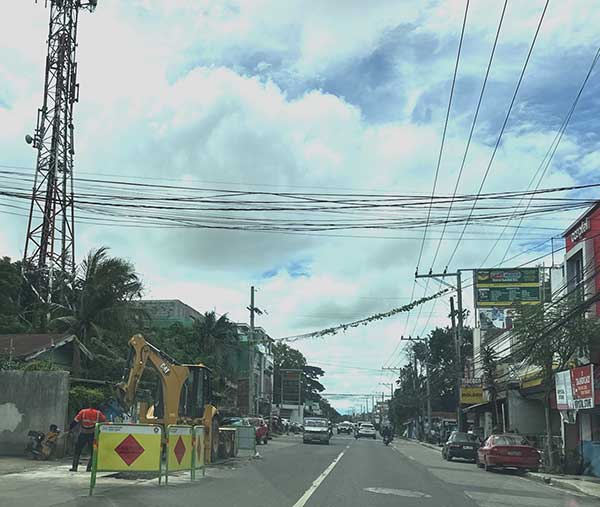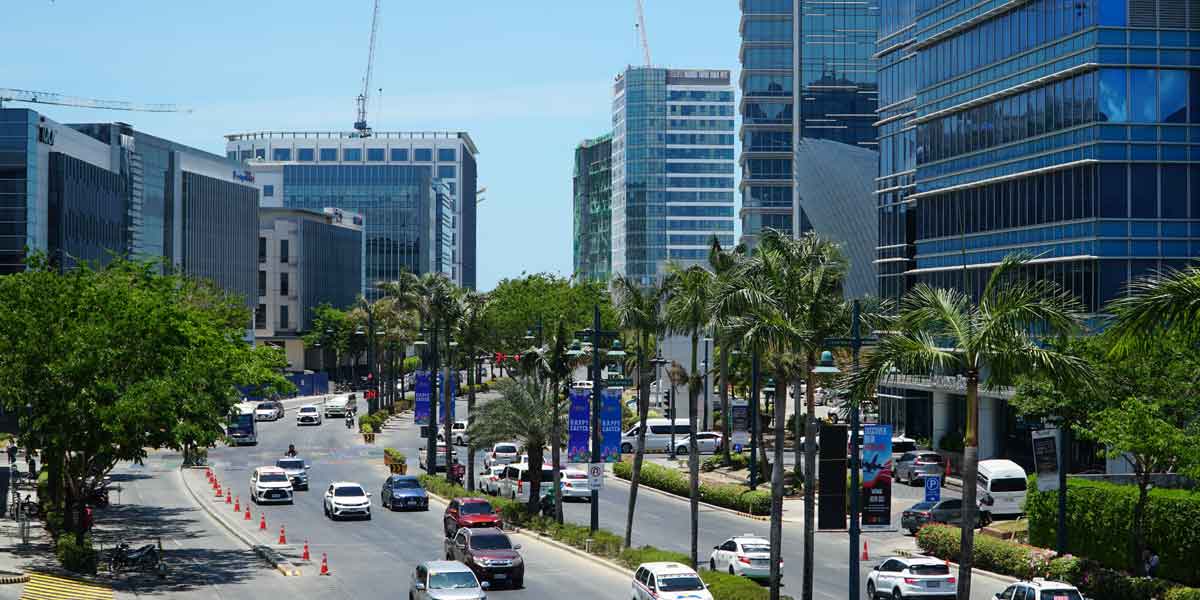
By Rjay Zuriaga Castor
City Mayor Jerry Treñas expressed openness to conducting further scientific studies to help Iloilo City prepare for and mitigate climatic and geological threats.
The mayor welcomed a recent study revealing that the city is experiencing land subsidence or “sinking” at a rate of 9 millimeters per year (mm/yr).
“We welcome the results of the paper from our friends at the University of the Philippines (UP) Resilience Institute and UP National Institute of Geological Sciences indicating that certain portions of Iloilo City are suffering from ground subsidence,” he said in a statement on Thursday, August 29.
The UP study, which analyzed data from 2014 to 2020, showed that Iloilo City has experienced land subsidence at rates ranging from 4.0 to 8.8 mm/yr.
Based on the ground deformation map, the highest rates of subsidence are within the districts of Mandurriao, Molo, and La Paz, which are key commercial, industrial, and residential hubs.
The study also identified that the southeastern portion of Mandurriao to Molo District, the most densely populated coastal district in Iloilo City, is particularly affected.
Treñas vowed to continue implementing measures to ensure that the city’s heritage, culture, and economic vibrancy are not compromised by subsidence.
“This study shows that the majority of areas in the city were not negatively affected, and our century-old churches, mansions, buildings, and plazas continue to be well-sought tourist attractions, showing no signs of subsidence,” he added.
TREÑAS VS. HIMSELF
Before acknowledging the UP study’s findings, Treñas initially expressed skepticism, citing the absence of reports of sinking in the city’s century-old infrastructure.
“Iloilo City is one of the oldest cities in the Philippines, with historic churches, buildings, mansions, houses, and plazas. It seems there have been no reports of sinking,” he said.
The city mayor’s statement, posted on the official Facebook page of the Iloilo City Government, was taken down an hour later and replaced with a longer, more positive message.
In the now-deleted statement, Treñas called for a more detailed and comprehensive investigation, supported by solid scientific evidence, to prove that the city is sinking annually.
He stressed the importance of conducting further studies to avoid creating unnecessary fear among the city’s residents.
“Otherwise, I am afraid we are afraid of our shadows,” he added.
When asked if he still doubted the report despite the publication of similar studies, Treñas, in a separate Viber message, responded, “Life is always a possibility. Life, love, romance—these are possibilities at all times. Even death is a possibility.”
MORE WATER FOR RESIDENTS
Treñas pledged to consider the recommendations provided by the studies to adapt and mitigate the impact of land subsidence.
“We need more piped water supply. We are moving towards that,” he emphasized.
Jessica Dator-Bercilla, a Science Resilience Fellow at the National Resilience Council, urged the city government to take immediate action to slow down the subsidence.
She noted that the 9 mm/year subsidence rate is “relatively fast” and could lead to a scenario similar to that of Venice, Italy, if the underlying causes are not promptly addressed.
Among the recommendations cited by Dator-Bercilla is the strict regulation of existing wells and control over the construction of new ones, considering factors like water extraction levels, saltwater intrusion, and well spacing.
If a strong link between wells and land subsidence is found, she suggested expanding water services in high-risk areas to reduce well use.
She also recommended updating building codes to raise new structures by one or two meters, revising the city’s topographic map, and expanding the drainage system to handle increased runoff from urbanization and climate change.
The UP study noted that land subsidence could result from excessive groundwater extraction, rapid urbanization, and natural sediment compaction, exacerbated by climate change through rising sea levels.
NOT THE FIRST TIME
Treñas’ skepticism of scientific findings is not new.
In 2019, a study released by Climate Central, a science organization based in New Jersey, USA, indicated that rising sea levels could potentially wipe out Iloilo City by 2050.
Treñas then stated, “Things like that should not be immediately accepted by anyone.”
According to Climate Central, global sea levels are projected to rise around 2 to 7 feet, possibly more, due to destabilizing ice sheets in Greenland and Antarctica.
“Projecting where and when that rise could translate into increased flooding and permanent inundation is profoundly important for coastal planning and for reckoning the costs of humanity’s emissions,” the organization added.
















